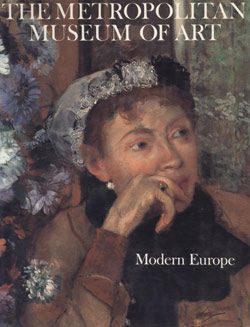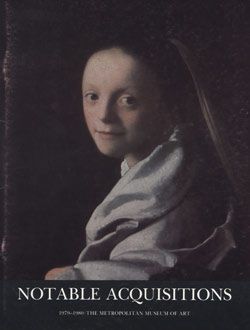Henry, Seventh Avenue
David Hockney British
Not on view
David Hockney, one of the best-known British artists of the post-World War II era, first gained recognition for his Pop Art-related work of the 1960s (although he never succumbed to that movement's consumerist, media-oriented imagery). Although his career began in London in the late 1950s and he remains a British subject, he has lived and worked for extended periods in the U.S., particularly New York and Los Angeles, and thus has had considerable influence on American art. Hockney's versatility in a variety of media-painting, drawing, printmaking, photography, and theater design-reflects an affinity for figurative art. This realism, however, has always been combined with a deft gestural touch and a lively sense of decoration.
While his paintings are often large in size and brightly colored, his drawings, which are executed as independent works of art, are on a much more intimate scale and show his subtle mastery of draftsmanship and portraiture. This work is one of several he did of his friend and mentor Henry Geldzahler (1935–1994), a great proponent of contemporary art and curator of modern art at The Met from 1967 to 1977. Executed on paper with colored crayon, the drawing has the look of a spontaneous caricature, but aptly captures the sitter's likeness and character. Geldzahler's portly physique fits snuggly inside the cube-like chair. His relaxed pose (cigar in hand) and casual outfit (wearing one of his many print shirts) convey an ease and familiarity that are as much a result of his personality as they are of his friendship with the artist. Hockney's autobiographical references in his choice of subject matter make his art a personal diary of where he's been and who he's seen.
Due to rights restrictions, this image cannot be enlarged, viewed at full screen, or downloaded.


